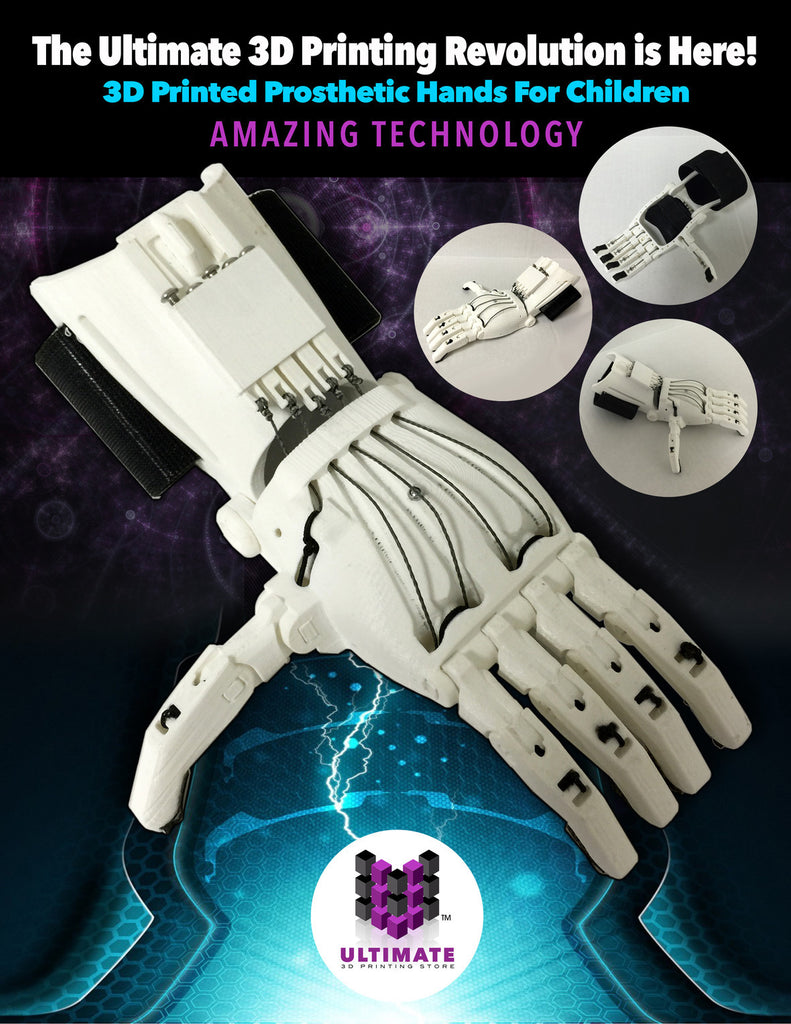Ultimate 3D Printing Guide
What's The Purpose of 3D Printer Fans and Do I Need One?

On many 3D printers, the extruder will be heating up to a high Temperature and will have one or more fans installed and mounted to the extruder. The fans on the printer consume a relatively low amount of power and voltage. Further, the fans may seem like a small part of the 3D printer, but they may have a large impact on the finished objects that are printed.
Purpose of 3D Printer Fans

3D Printer fans are not only installed to help the electronics stay at a cool temperature.
But, they also provide a high level of functionality to the objects that are being printed. They cool the extruder and they also cool the filament. The 3D printer fans main purpose is to cool the filament to an appropriate temperature, depending upon the filament, as it leaves the extruder and goes on to the print bed – providing a good chance for the object being printed to be successful.
Benefits Of Having A 3D Printer Fan
On the rare chance that a 3D printer may not come with a fan, or the fan on the 3D printer becomes broken, a working and compatible fan needs to be installed on the 3D printer extruder as soon as it is possible. It is not recommended to try to print certain materials without a fan. It is important to have a fan available to Always use, even if it is not necessarily required for every single print created on the 3D printer.
These are not the only benefits of a 3D printer with a fan. In fact, there are actually, different style extruders which angle and position fans in a unique way so that the object being printed can benefit the most from the fans. The positioning of the fans can often be correlated with the structure type of the 3D printer. For i3 3D printers, it is common to see the fans mounted in two different ways. One way is to have the fan on each side of the extruder at approximately a twenty-five degree angle. The other way is to have the fan mounted squarely on the extruder. On CoreXY and dual extruder 3D printers, the fans are most commonly mounted in front of each of the extruders, allowing for a direct airflow on to the heating block.
When to Use the Fans
As mentioned before, while a fan should be available for use on a 3D printer, it may not always be needed.
For example, when 3D printing with a material such as nylon, the fans may need to be disabled for the individual print to help with bed adhesion and to help prevent warping issues. On the contrary when printing a “bridge” on an object (a large stretch of filament in between two high points), turning on fans can help cool and harden the filament as it is being printed midair, which prevents the strand of filament from bowing or sagging so much that it stretches down to the bottom of the print.

How to Change the Fan Settings
In the slicer software, there are a few different ways to control the fan settings:
- Manually setting the fans to be either on completely or off completely during the print will allow the user to determine the settings that are best for the fan. The chosen setting will not over-ride the fan settings because it is programmed to turn on the fans when necessary.
- Another option is to set the fans to turn on at a certain print height. This option can be extremely useful especially when printing on a multi-material 3D printer (dual extruders, or the ability to print multiple materials at once), one filament may need the fans to cool it because it is printed mainly at and above which the fans will turn on. Further, a derivative of the setting is multi-variable fan height. Essentially the fan will turn on at specific heights, allowing for settings to be extremely precise.
- In the third option, there is the choice of turning on (or off) the fan specifically for rafts, brims, or supports. This allows for the specialty, or different part of the print to have the fans on specifically when it is being created. Features such as this can also be useful when printing with a support material benefits from a fan when the other material in the print does not fare well with it.
When to Avoid Using 3D Printer Fans
The primary purpose of an enclosure is to keep the heat in the 3D printer and maintain a steady print environment.
Because certain filaments, such as nylons, polycarbonates, and ABS need this heat to minimize and eliminate warping, a fan blasting air at the object printed (with one of these materials) could be detrimental to the object. Avoid using fans for materials like Polycarbonate, ABS and Nylon because they can affect the stability of the print.
Overall
In the end, a fan can be extremely beneficial when used in the appropriate scenarios. A fan can help cool and harden the filament in mid-air, achieving elaborate and complicated objects, or it may need disabled for difficult filaments that are prone to warping. Just because a filament is prone to warping, it does not necessarily mean a fan will be bad for it. In fact, a fan can help such filaments, such as PLA, from warping on occasion.
Mainly, the usefulness of the fan on a 3D printer is determined by the user. The use determines the settings, heights, and sometimes power the fan is given, therefore, controlling the results and objects that are made on the 3D printer, with or without the fans. It is always important to always have a working and functional fan. Fans and other specialty components, are available at Ultimate 3D Printing Store for an affordable and beneficial cost.


